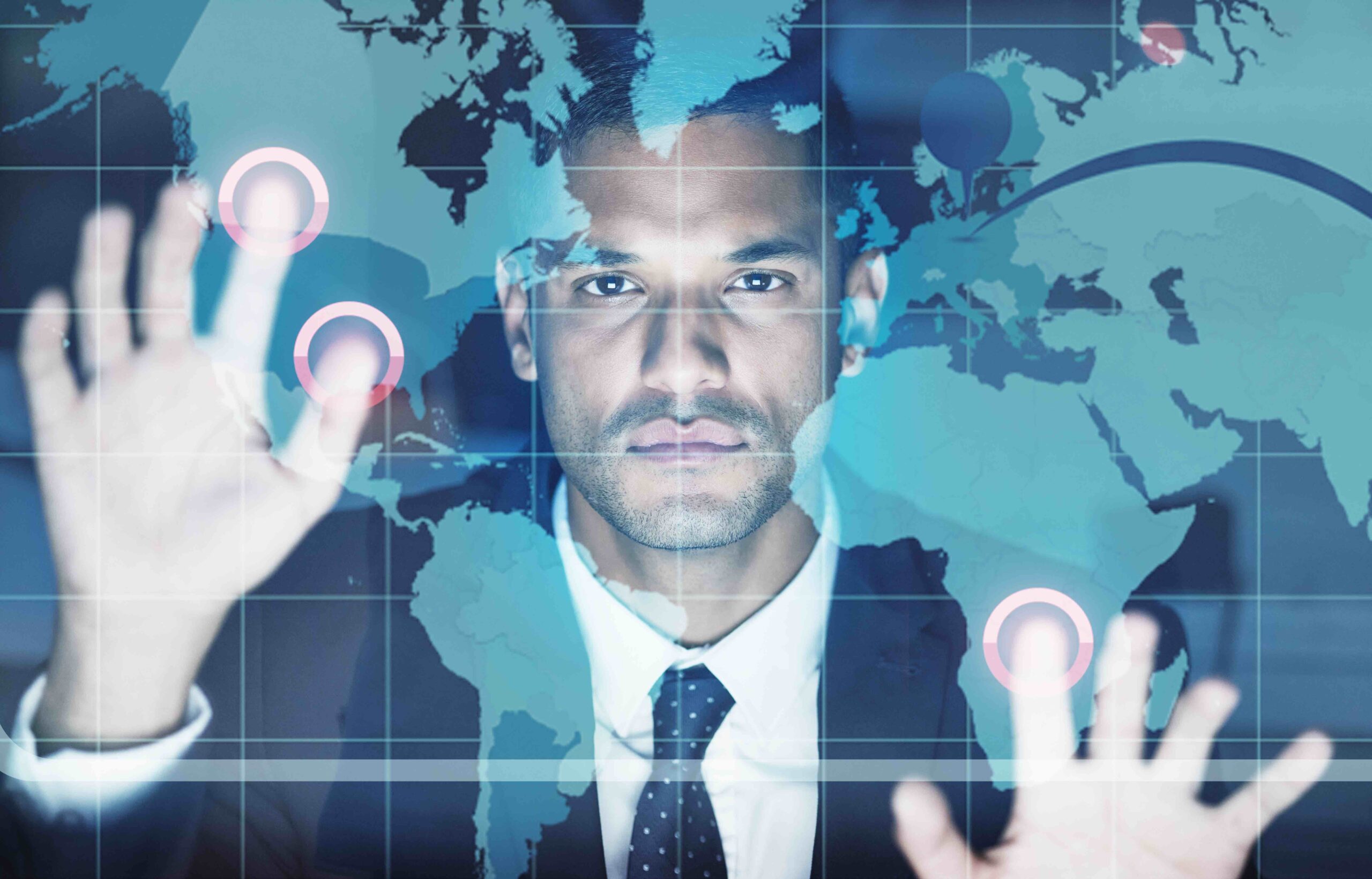What planners need to know now about event tech and harnessing the evolving capabilities of AI.
The exponential pace of tech innovation over the past decade has been a boon to meeting and event planning. But it has also created a steep learning curve for planners. We recently caught up with Todd Moritz, VP Event Technology for Bishop-McCann, to get the skinny on trends and what planners need to know now.
Prevue: what are the most significant changes you’ve seen in the last decade in terms of how technology is used at meetings and events?
Moritz: Looking back at the last decade, the most significant change was clearly the growth of the virtual space. Circumstances notwithstanding, that opened up a flood of new opportunities to include remote audiences and broaden reach in ways that I don’t think anyone could have foreseen. The main driver behind the virtual event explosion was an open source project called WebRTC, which was widely available tech but sitting in limbo waiting for the right opportunity to leverage it—and boy, did we! WebRTC is what enables real-time communication features like audio, video and data sharing between web browsers. Video streaming took giant leaps along with it, giving event tech professionals a seat at the production table, making sure everything was integrated correctly and optimized.

That cross-pollination of knowledge across teams was a huge step forward for the entire industry. Thinking about something as simple as a video player, we wouldn’t have things like emoji overlays, live Q&A and polling and multi-language capabilities at the scale that they’re available today if we hadn’t been forced to adapt and grow at a record pace. Video can now be converted to multiple languages on the fly and become searchable and accessible thanks to machine learning and AI capabilities. Tools like Turnoutnow’s Cognitive Search combine that video content with all of the other event data to deliver truly personalized search results.
Prevue: Any other big leaps forward?
Moritz: Data availability has also taken a huge leap forward. Knowing what and how to measure in order to understand and optimize the attendee journey helps us focus on the things we know matter most. In terms of data collection, part of what’s driven innovation has everything to do with other general tech trends. Mobile devices are capable of things we never thought possible, and people are now using devices in their everyday lives that help us help them. One example of this is the ability to tie wearables back to measuring the attendee journey, as we’re doing with The Joy Index at Bishop-McCann. We’re using a combination of anonymous facial analytics that’s all AI-based and combining it with biometric data that’s directly related to oxytocin and dopamine releases in attendees’ brains. Those releases are measured with smart watches and fitness trackers that attendees are already wearing, and that’s helping us to home in on the exact moments that matter to them most. Over time, we’ll be able to deliver strong data-based recommendations on how to structure content for the most impact.
Prevue: Speaking of AI, what do planners need to know now?
Moritz: We can’t talk about event technology anymore without talking about AI—it’s seeped into the cracks of almost everything we do. Event technology platforms are just scratching the surface of what’s possible with AI, so as we talk about sea change over the next 10 years, we’re just getting started. I mentioned biometric data, which is something that event tech veterans are wary of. But if we look at who we’ll be creating events for a decade from now, that includes a generation of people who have a very different outlook on sharing data. Young adults today have grown up with a different sense of what data sharing and privacy mean, and my bet is that we’ll see more and more availability of biometric data that will help us get to a whole new level of personalization at scale.
At events, we’re starting to see tools like facial authentication for check-ins from companies like Wicket, which streamline the onsite experience for attendees. AI is all the rage, of course, and if you look at Gramercy Tech’s Gramercy Experience Portal, AI activations can now be self-service for event planners and who want access to things like AI photo booths, welcome walls and lots more. AI is also a major time saver for planners. New tools like Reposite (now a Cvent company) automate the RFP process for sourcing everything other than venues (think entertainment, transportation, dining, etc), taking the process out of the in-box and into an easy-to-use platform where thousands of vendors come to you. Planners now have access to writing tools, design tools and even custom music production tools that transform what used to take hours down to minutes.
Prevue: Any other advice for meeting planners looking to harness AI?
Moritz: Stay curious. Things are happening at such a rapid pace that it’s hard to keep up, but carving out some time every day to explore what’s new in AI can lead to wonderful discoveries. Talk to peers, follow LinkedIn groups, subscribe to newsletters, join professional organizations and broaden your knowledge. Before long, you’ll be the one people come to in order to help guide them to new tools and new ways of working.
You May Also Be Interested In…
New Study Reveals Impact of AI on Business Events
Planner’s Take Note: Cvent’s Better Notetaking
Exclusive: How to use AI for Time Savings, Productivity and Analytics












